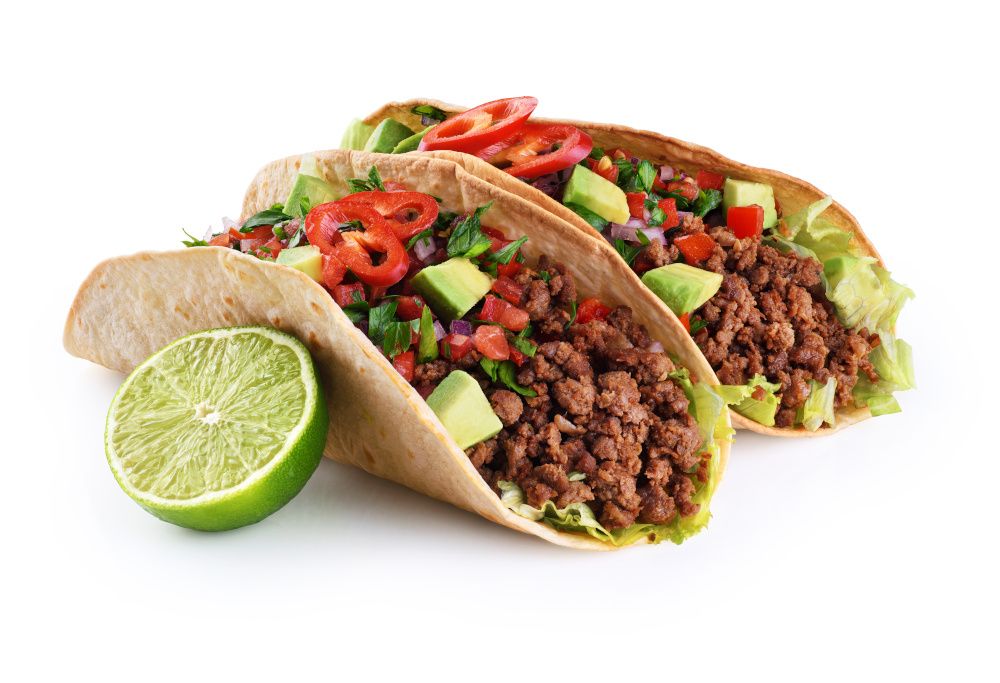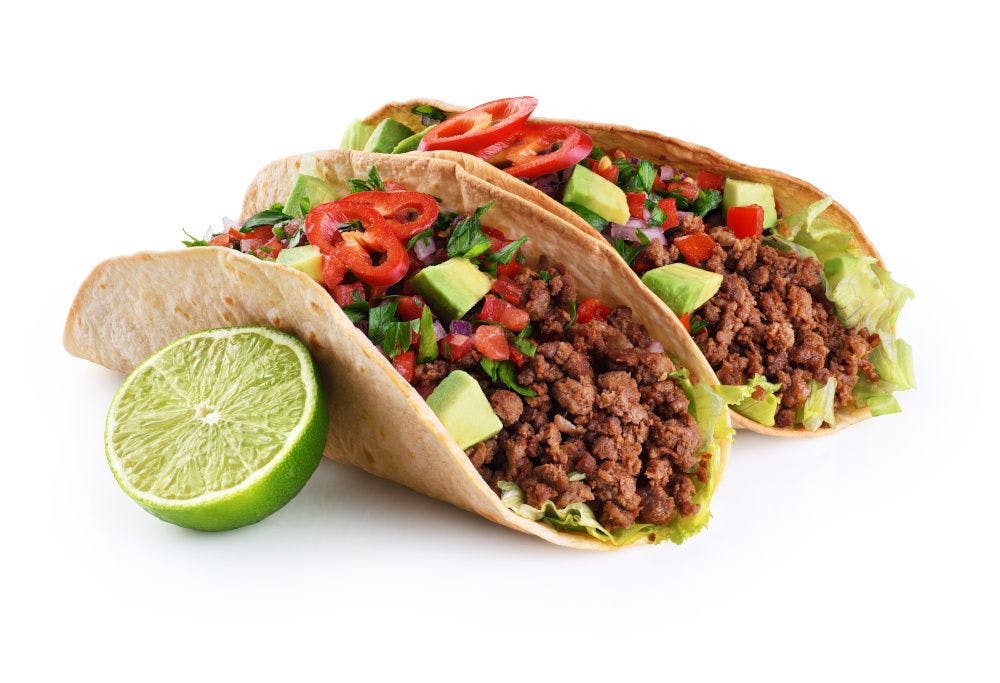The importance of nuance in spicy food flavors
Spicy flavors are still popular, offering food formulators a variety of ways to use spice and its complementary flavors.
© Vitals / Stock.adobe.com

Spicy flavors are all the rage, and demand keeps growing. While thrill-seeking spicy challenges made popular on social media—think: the “One Chip Challenge”—helped ignite (pardon the pun) interest in spice, the spicy-flavors marketplace has evolved, becoming more sophisticated, says Jill Houk, CRC, a certified research chef and culinary director for food and beverage ingredients supplier Ofi.
High-heat novelty spicy products were unsustainable, says Houk, because “nobody is going to eat an entire plate.” On the other hand, they “got people to start thinking about regions of the world where spice is at play with some other ingredients.”
Spicy flavors are a throughline of so many cultures, but each culture applies spice in different ways. Complementary regional flavors influence the flavor of spicy ingredients themselves to create cultural trademarks that consumers are learning to recognize. “It’s the combination of spices and the proportion of spices that really go to provenance,” Houk says.
For example, Indian cuisine involves what Houk describes as the “kitchen sink of spices.” These include garlic, ginger, onion, chili for heat, garam masala, turmeric, cinnamon, clove, and cardamom. “Now, if you take that mixture and transport yourself to Mexico, you’re going to pull a few things out, but you’re going to have a very similar base,” Houk says. For instance, you may remove the trademark Indian flavors of garam masala, turmeric, cardamom, and ginger, but garlic, onion, and cinnamon can stay, and you make it Mexican with the addition of specialty chilis like ancho or guajillo, as well as citrus, which is abundant in Mexico.
Products like sriracha have played a huge role in introducing consumers to new cuisines and nuanced spicy flavors. In the case of sriracha, the product continues to grow in profile and influence.
John Kaufmann, vice president of snack at supplier Kerry (Beloit, WI), says, “Sriracha product launches have grown 45% between 2007 and 2021 worldwide, with its authentic beginnings highlighted in Thai culture. [With the trend] spreading globally, consumers now are accustomed to having a sriracha condiment or flavored snack within their household. This movement was the start of encouraging other consumers to become adventurous when it comes to tasting global cuisines and incorporating more flavor profiles into their diets.”
Snacking is an exciting way for brands to deliver new and interesting flavors.Because of snacking’s low stakes, consumers are more likely to try new flavors. For instance, Kaufman says, the combination of cheese and spice is very popular.“When stacking a spice pairing with cheese flavors, our Kerry [Proprietary Consumer Research 2022] shows that 40% of consumers prefer their cheese paired with chili flavors,” says Kaufman.
Houk says that snacking nuts are another great vehicle for spicy flavors, offering a healthy halo with their protein content and healthy fats.
What we know for sure is that spicy is going to the masses. “Bold flavors like chili and other spices continuously show growth in launches, recently making spiciness more of a mainstream product,” says Kaufman, citing Innova Market Insights’ December 2022 “Global Emerging Flavors in Snacks” report. “Currently, chili is the largest spice flavor, at +7% CAGR.”
Houk is also very excited about the developments she’s seeing in spicy confections, including chocolate and ice cream, which have the potential to offer something very unique to the marketplace. It’s also pushing the boundaries of food formulation—and challenging consumers.

Prinova acquires Aplinova to further increase its footprint in Latin America
April 7th 2025Prinova has recently announced the acquisition of Brazilian ingredients distributor Aplinova, which is a provider of specialty ingredients for a range of market segments that include food, beverage, supplements, and personal care.

.png&w=3840&q=75)

.png&w=3840&q=75)



.png&w=3840&q=75)



.png&w=3840&q=75)
























